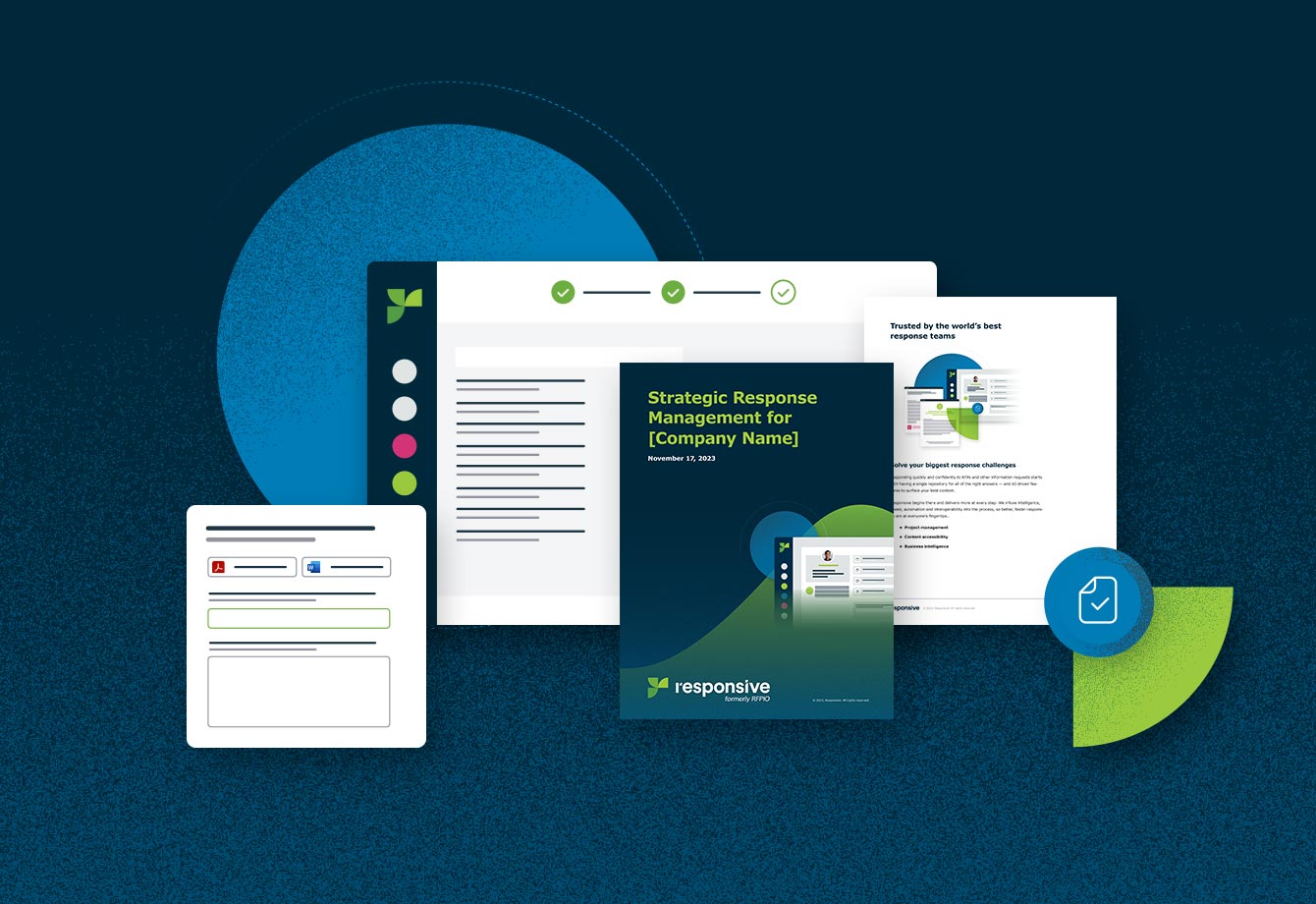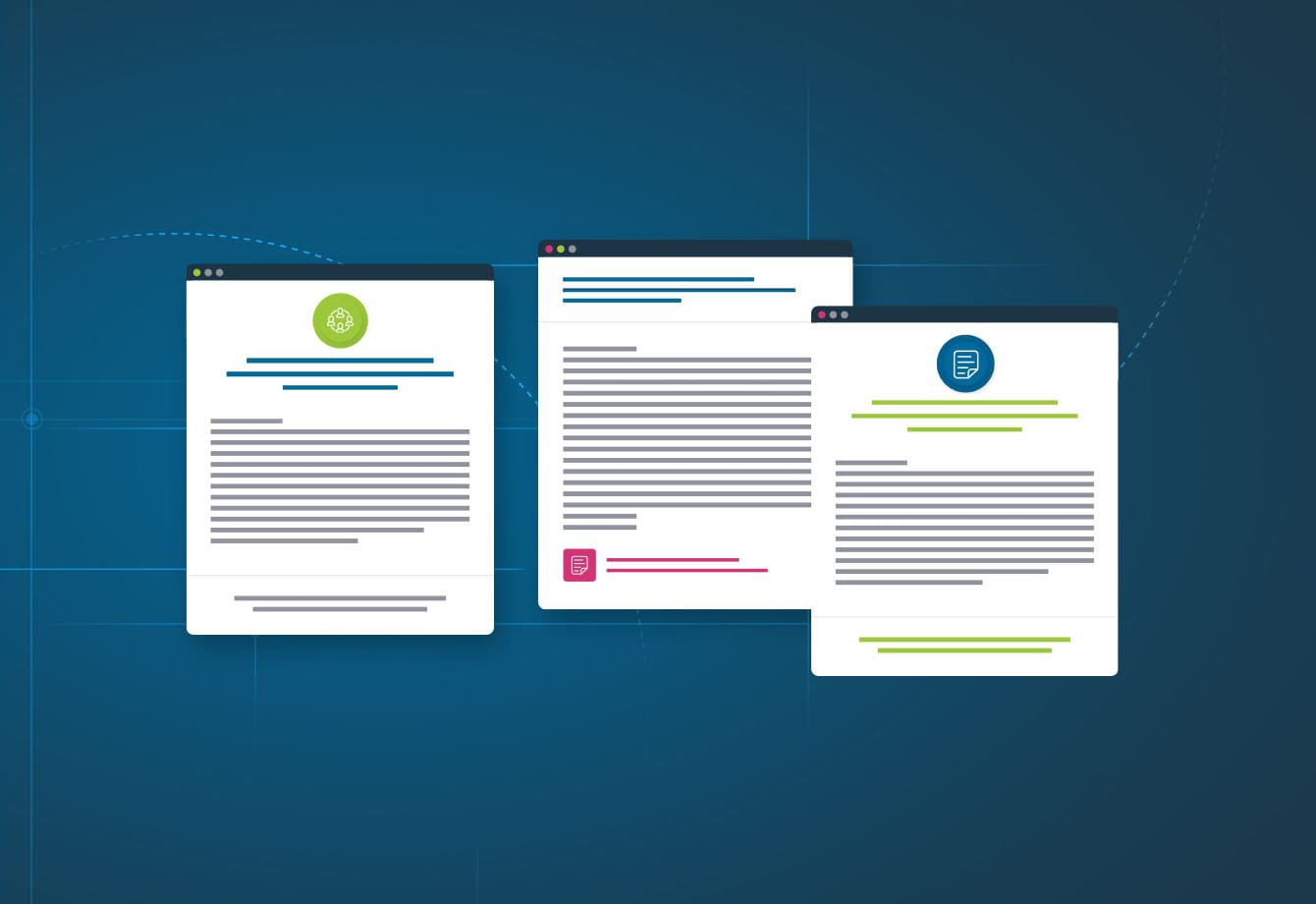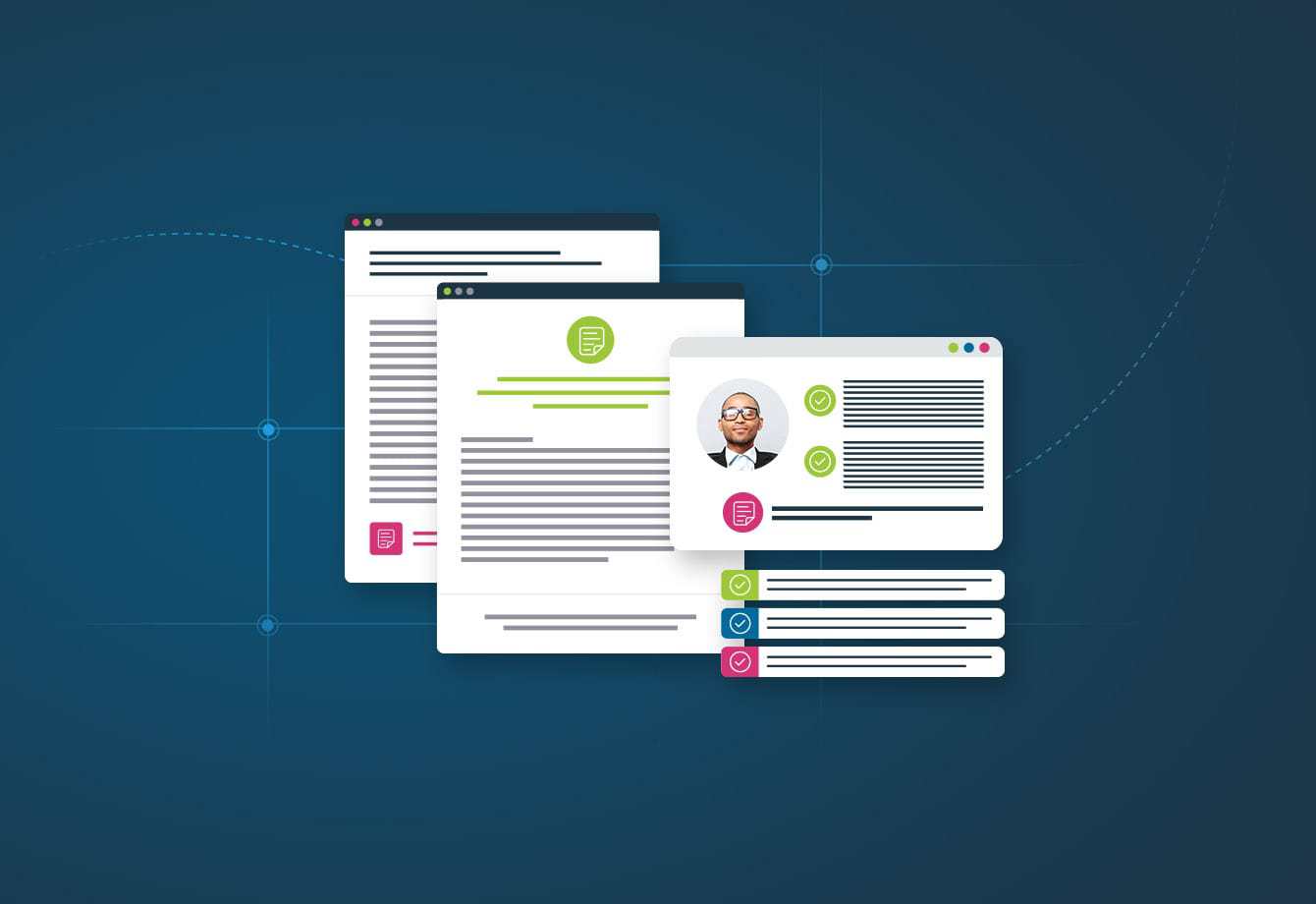
Start Responding Like a Pro
The Responsive blog is full of insights and best practices, giving you the tools you’ll need to streamline your process and respond with confidence.
Featured Post

Competing under pressure: Empower sales reps to deliver winning responses in less time
Sales EnablementAfter weeks or even months of back and forth with a sales prospect, your company finally made the shortlist. Now, […]
Category: Tag: Proposal automation


9 Best Proposal Management Software Solutions for 2024
Product & Best Practices
The perfect proposal format: Create eye-catching RFP responses
Product & Best Practices
The proposal process: Organize and master RFP responses
Product & Best Practices
Proposal Manager Career Guide
People & Teams
Proposal management: what is it and why it’s important
Productivity
3 ways RFPIO-HubSpot integration streamlines proposal management and closes more deals
Integrations
The proposal management plan for a one-person team
People & Teams, Product & Best Practices
The proposal manager’s success guide for stronger RFPs
Selling & Enablement
Improve user adoption in 7 steps
Products/Features/Solutions
9 key RFP metrics for minimizing risk and enhancing efficiency
Products/Features/Solutions
How to turn proposals into a revenue-driving engine
Revenue generationSee how it feels to respond with confidence
Why do 250,000+ users streamline their response process with RFPIO? Schedule a demo to find out.